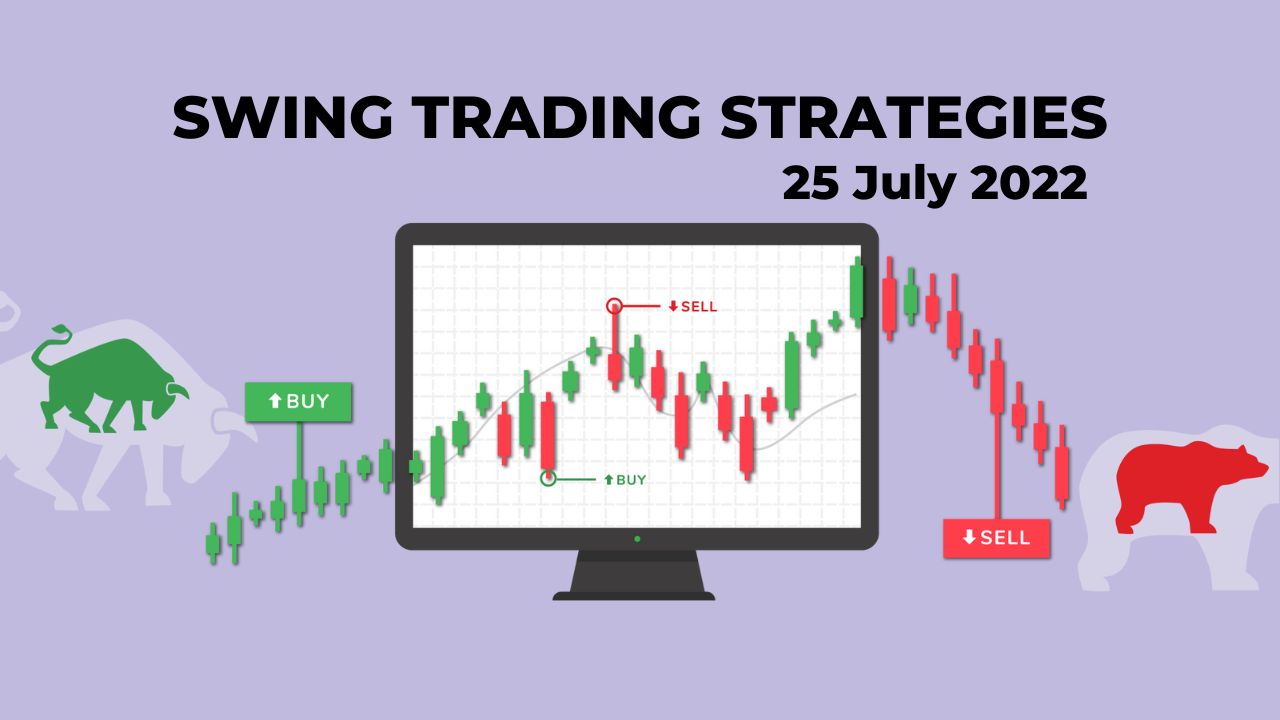
To calculate your dividend return, you will need to know both the current share prices and the dividend payment per share. Then, you can compare the results with the current share price of the company. While this metric is useful, it can also be misleading. These paragraphs will show you how to calculate the dividend yield accurately. Be aware that the dividend payout is not the same thing as the dividend yield. You must use it with caution to fully understand its meaning.
Dividend yield is a ratio that compares a company's dividend payout to its share price
Investors are likely to have heard of dividend yield. This is a way to compare a company’s dividend payout with its share price. However, it's not always as straightforward as it sounds. You must consider the company's operating characteristics, such as profitability and debt levels, before judging its dividend payout ratio.
Firstly, dividend yield is an important financial metric, as it shows how much a company pays in dividends for every dollar invested in it. If the dividend yield drops, it indicates that the company's payouts are decreasing. It could also indicate that the company is cutting down on its dividend payouts and decreasing its stock prices. The dividend yield can be combined with other metrics such as price to make it useful. Dividend stocks provide many benefits to investors. However, there are some drawbacks.

It allows investors to compare stocks
The Dividend Yield Ratio is a simple tool that allows you to calculate the relationship between a stock’s dividend yield, and its price. Using this calculation, you can determine whether or not a stock is worth buying. Dividend yield is calculated when you divide the expected dividend amount by the share price. This is useful when comparing shares in the same industry. But, it is not the only method for evaluating stocks.
If you are familiar with how to calculate a stock’s yield, the tool allows you to use it to identify good stocks to buy. Websites will often list high-yielding stock options, but not all stocks have the best dividend yield. One example is a company worth $100 that was only a few months ago. A company's business suddenly started facing pressure and its shares dropped to $50. In this situation, the dividend yield could double to 10%. It is important to remember that rising dividend yields can be a sign of stress, and should be avoided.
It can be misleading
Many investors make poor decisions about how to calculate dividend yields. Many of these calculations are based on the price of a stock. In some cases, it is not a reliable indicator of a stock’s earnings capacity. Some investors find stocks that have high yields while still being profitable. AT&T is an example of such a stock. The company has been in financial trouble due to billions of dollar worth of debt it incurred during multiple acquisitions. AT&T will spin off its assets in this instance, which will alter the cash flow structure and reduce the company's dividend to 2022. In other cases, focusing on dividend yields can lead to poor investments in underperforming companies.
Dividend yields work best when they are used in conjunction to a stock's market price. It is important to compare the historical dividends of two companies when comparing them. If a stock's annual dividend was $20 in 2014 and was paid out $60 the previous year, it is likely to have a high yield dividend. If the share price of a stock has fallen below $20 in recent months, the company's dividend yield has fallen by a staggering 45%.

It can be a valuable metric.
Dividend yield is a measure of how well a company distributes its dividends. It can also be used as a benchmark for other companies that pay the same amount. Dividends, which are payments from companies and shareholders, are typically paid out quarterly. However, some companies elect to pay out dividends annually or monthly, which may cause the yield to change unexpectedly. This metric can be used to determine whether a particular stock would make a good purchase.
While dividend yield is a useful metric it can also be misleading. It can fluctuate dramatically, especially if the company's stock price drops due to fundamental causes. You might be holding a stock that is underperforming. This is known as the "dividend yield trap". Dividend yield is a useful metric, but you should always look at historical trends and your own financial goals. Use an investment calculator to determine your own risk tolerance and tailor your investment strategy to your needs and goals.
FAQ
How do I choose an investment company that is good?
It is important to find one that charges low fees, provides high-quality administration, and offers a diverse portfolio. Commonly, fees are charged depending on the security that you hold in your account. Some companies charge nothing for holding cash while others charge an annual flat fee, regardless of the amount you deposit. Others charge a percentage on your total assets.
It is also important to find out their performance history. You might not choose a company with a poor track-record. You want to avoid companies with low net asset value (NAV) and those with very volatile NAVs.
It is also important to examine their investment philosophy. To achieve higher returns, an investment firm should be willing and able to take risks. If they're unwilling to take these risks, they might not be capable of meeting your expectations.
What's the difference among marketable and unmarketable securities, exactly?
The main differences are that non-marketable securities have less liquidity, lower trading volumes, and higher transaction costs. Marketable securities, however, can be traded on an exchange and offer greater liquidity and trading volume. Because they trade 24/7, they offer better price discovery and liquidity. There are exceptions to this rule. Some mutual funds, for example, are restricted to institutional investors only and cannot trade on the public markets.
Marketable securities are more risky than non-marketable securities. They typically have lower yields than marketable securities and require higher initial capital deposit. Marketable securities are usually safer and more manageable than non-marketable securities.
For example, a bond issued by a large corporation has a much higher chance of repaying than a bond issued by a small business. The reason is that the former will likely have a strong financial position, while the latter may not.
Investment companies prefer to hold marketable securities because they can earn higher portfolio returns.
How Share Prices Are Set?
Investors are seeking a return of their investment and set the share prices. They want to make money from the company. They buy shares at a fixed price. If the share price goes up, then the investor makes more profit. The investor loses money if the share prices fall.
An investor's primary goal is to make money. This is why they invest in companies. This allows them to make a lot of money.
What is the difference between stock market and securities market?
The securities market refers to the entire set of companies listed on an exchange for trading shares. This includes stocks, bonds, options, futures contracts, and other financial instruments. Stock markets are typically divided into primary and secondary categories. Stock markets that are primary include large exchanges like the NYSE and NASDAQ. Secondary stock markets allow investors to trade privately on smaller exchanges. These include OTC Bulletin Board Over-the-Counter (Pink Sheets) and Nasdaq ShortCap Market.
Stock markets are important because they provide a place where people can buy and sell shares of businesses. Their value is determined by the price at which shares can be traded. A company issues new shares to the public whenever it goes public. These newly issued shares give investors dividends. Dividends are payments made to shareholders by a corporation.
Stock markets not only provide a marketplace for buyers and sellers but also act as a tool to promote corporate governance. Boards of directors are elected by shareholders to oversee management. Managers are expected to follow ethical business practices by boards. The government can replace a board that fails to fulfill this role if it is not performing.
Statistics
- Our focus on Main Street investors reflects the fact that American households own $38 trillion worth of equities, more than 59 percent of the U.S. equity market either directly or indirectly through mutual funds, retirement accounts, and other investments. (sec.gov)
- US resident who opens a new IBKR Pro individual or joint account receives a 0.25% rate reduction on margin loans. (nerdwallet.com)
- The S&P 500 has grown about 10.5% per year since its establishment in the 1920s. (investopedia.com)
- "If all of your money's in one stock, you could potentially lose 50% of it overnight," Moore says. (nerdwallet.com)
External Links
How To
How to Trade in Stock Market
Stock trading is the process of buying or selling stocks, bonds and commodities, as well derivatives. Trading is French for traiteur, which means that someone buys and then sells. Traders buy and sell securities in order to make money through the difference between what they pay and what they receive. This is the oldest type of financial investment.
There are many ways to invest in the stock market. There are three main types of investing: active, passive, and hybrid. Passive investors only watch their investments grow. Actively traded investors seek out winning companies and make money from them. Hybrid investors combine both of these approaches.
Passive investing can be done by index funds that track large indices like S&P 500 and Dow Jones Industrial Average. This method is popular as it offers diversification and minimizes risk. Just sit back and allow your investments to work for you.
Active investing involves picking specific companies and analyzing their performance. Active investors look at earnings growth, return-on-equity, debt ratios P/E ratios cash flow, book price, dividend payout, management team, history of share prices, etc. They decide whether or not they want to invest in shares of the company. They will purchase shares if they believe the company is undervalued and wait for the price to rise. On the other side, if the company is valued too high, they will wait until it drops before buying shares.
Hybrid investment combines elements of active and passive investing. A fund may track many stocks. However, you may also choose to invest in several companies. In this case, you would put part of your portfolio into a passively managed fund and another part into a collection of actively managed funds.